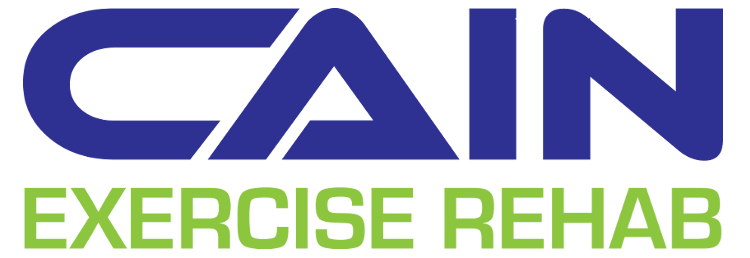With that in mind, let's look back at our top five most-popular blog posts from 2018. You chose them! If you haven't given them a read, please take a look and share the information with those who may need it.
5: The Nocebo Effect - Why Belief In Treatment Is Vital
We spoke about the nocebo effect, which is the opposite of the placebo. It's very possible and common for the belief of harm being done (or simply just the belief in a treatment being ineffective) to turn into reality. This is important in highlighting the need to find a therapist who can productively educate you, as the client, so that trust in the treatment and therapist is there.
4: Get Out Of Pain - 3 Steps For Maintaining Motivation
Everyone tells us that something should be easy to do as long as we want it enough. This disregards the complex, messy, and irrational way our brains work, however. That being said, there are other steps that we can take to make sure that we stay on the right track when it comes to exercise or other lifestyle changes.
3: Cannabis Research - Things To Consider
With the legalization of recreational cannabis in Canada this year, a increase questions and speculation have started cropping up when it comes to the use of marijuana for pain treatment.
Not to rain on the parade, but I just need to remind everyone that our understanding and study into cannabis is still very fresh. While I won't discredit the use of cannabis for medicinal purposes, it's important to take anecdotes and news updates with a grain of salt until we know more.
2: The Stressful Effect Of Stress On Pain
One of our first posts from 2018; stress is EVERYWHERE in our lives, and it absolutely can have an effect on the way our bodies physically feel. When pain is present, stress can exacerbate and prolong it, contributing to the development of countless chronic pain conditions.
This shouldn't be an article to worry you, however; rather, it's a reminder that we can help ourselves by treating our emotional and mental health when we're in pain, as well as the physical.
1: Making Rehab Fun
Our most-read post from 2018, and I'm happy this is the one that took! Rehab, or any exercise for that matter, can often be grueling and unenjoyable. For that reason, it's important to incorporate fun movements and the client's preferred activities into the recovery plan. Having fun during recovery is going to both benefit your mental health as well as ensure that adherence to that physical activity will be maintained.









































